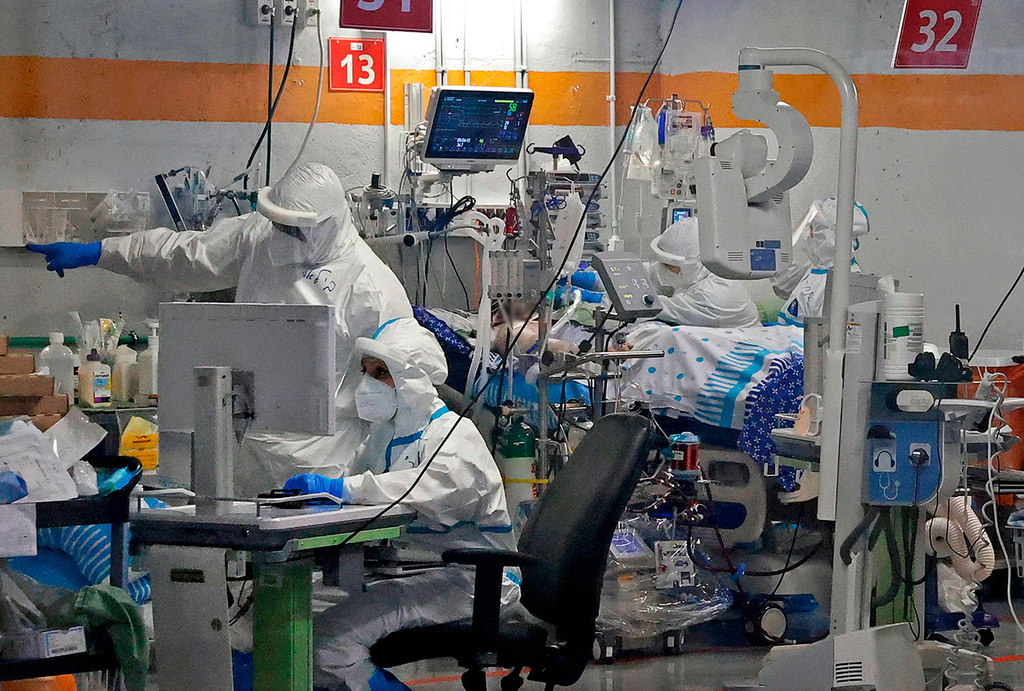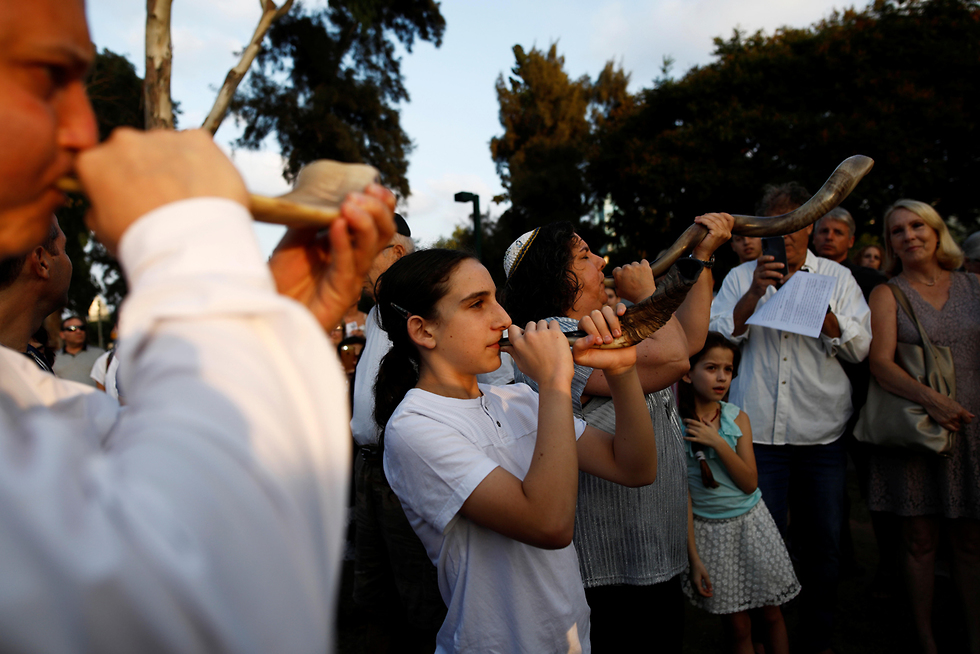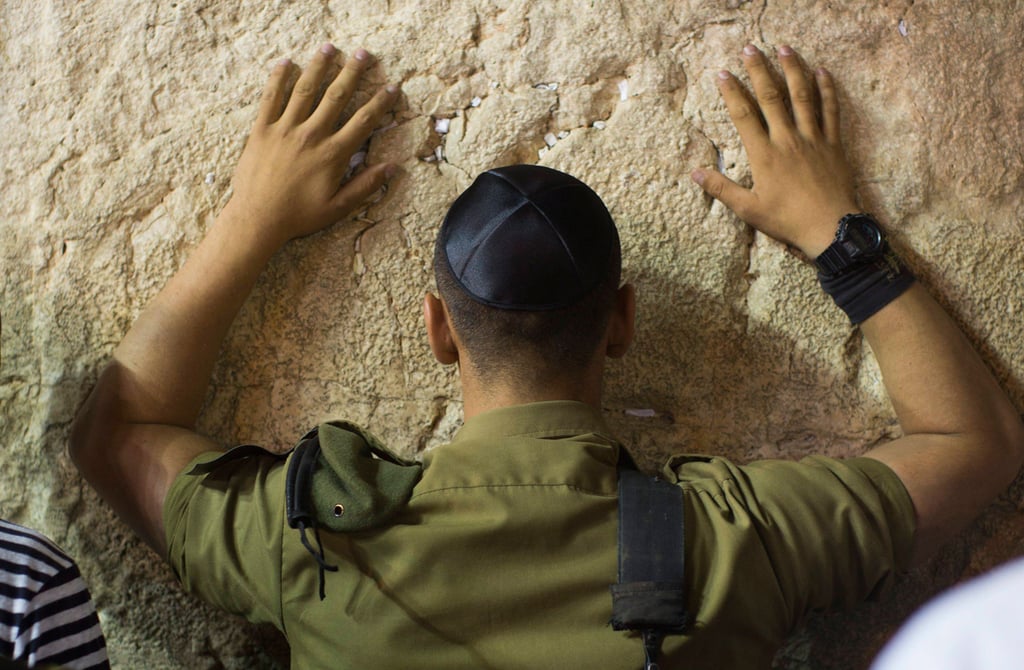There is great power to the liturgy, rituals and customs of Rosh Hashana and Yom Kippur. They are magical in their poetry, in their innate capacity to relate to challenges we have faced through the millennia – including our own this very year.
This is a year where, due to the pandemic, the services are abbreviated. But rather than focus on what’s missing, we should internalize those parts of the tefillah we are reciting. Here are some examples:
5 View gallery
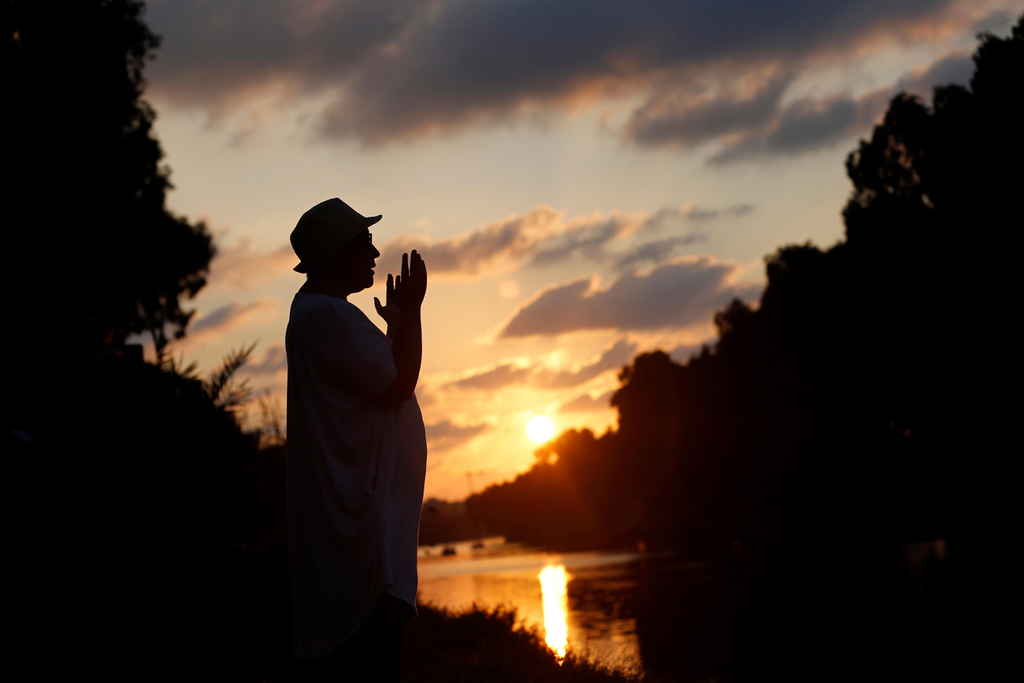

A woman performs Tashlich ceremony of atonement during Rosh Hashanah in Tel Aviv
(Photo: Reuters/Archive)
Nusach – Inspiring Optimism:
The unique melody beginning the High Holidays – which some say goes back to the Temple service itself – is often chanted slowly, much like a dirge, reflective of the seriousness of the Days of Awe.
While some may feel that this dirge-like melody reflects our mood perfectly this year, its perhaps wise to look at it in another way. This year, why not consider chanting it at a quickened, upbeat pace, much like a march of hope. In the midst of all we face, this Rosh Hashanah, our song should inspire optimism.
Ve’Notnim Reshut Zeh La’Zeh – Stepping Back for the Other:
Although normally, these words in the morning service are not sung aloud, this year they should be said with a special communal fervor.
After all, this text speaks of angels, in the presence of God, saying to each other, – “you go first, you go first.”
In the spirit of making space for the other, we ought to remind ourselves that we are in this together and that we must wear masks – even if we believe it’s unnecessary for ourselves, stepping back for others is critical.
The Torah Portions – Angels Saving Life:
The Rosh Hashanah morning readings deal with near-death experiences. At the last moment, angels intervene to save Yishmael, and Isaac. Perhaps after reading these narratives this year, we should all rise, bang on our chairs, in salute to our contemporary angels – doctors, nurses, EMT personnel, hospital custodians – who have saved countless many from the jaws of death. These people are the embodiment of those angels so long ago.
Shofar – Breathing Out Goodness:
These are days when behind our masks we find it difficult to breathe. And, also, in these days, we hear the agonizing cry -- “I can’t breathe.” This year particularly, we should consciously realize that the shofar sounds come from the depths of our insides.
It is like returning the breath that God blew into the first human Adam, and through that breath giving hope and life to the world.
Hayom – Appreciating the Moment:
The morning service concludes with the singing of Hayom – Today. With almost a million people worldwide succumbing to COVID, we pray for their souls, offer prayers of sympathy to their families and recognize more than ever the preciousness of life, of every day, nay, of every minute – Hayom, Hayom, Hayom.
Kol Nidre – Nullifying God’s Vows:
We wonder if God had something to do with what is unfolding today. This year, when we hear the two words recited after Kol Nidre, when God says to Moses Salachti ki’dvarecha, we yearn to hear the Divine voice saying, Salachti ki’dvareichem, I have annulled, as you, the community has asked.
We, in the spirit of some interpretations of Kol Nidre, convene an earthly court and humbly act to nullify His vows. We beg of God, “please, please do Your share to turn matters around.”
Shema Koleinu – Do Not Cast Us Away in Old Age:
For years, I looked into the eyes of seniors as they emotionally recited the sentence in the Shema Koleinu on Yom Kippur Eve – “Do not cast us away in our old age.”
As I grow older, I, too, shed a tear when reciting this verse. COVID-19 has given aging new meaning. The key is the verb “cast us away (tashlicheinu)” connoting a sudden casting, an almost abnormal way of looking at time.
Today’s 70 is not yesterday’s 50, but, sadly, it's 90. Abruptly, we’re moving up in years – and pray that in our vulnerability we not be “cast away,” living and dying alone without loved ones at our side.
Avodah – Humbly Falling to the Ground:
During the Avodah, recalling the Yom Kippur Temple Service, there is an age old tradition to fall to the ground symbolizing the need to be humble before God. This year it resonates more than ever.
COVID reminds us that even as humankind has advanced, there is much we do not know. As the prophet Micah said “Walk humbly with the Lord.”
Emet Mah Nehedar – the Unique Infinite Value of Every Human Being:
As we recall the High Priest emerging from the Holy of Holies we sing out joyously “How Beautiful is His Countenance.” This should not only be a memory of the past, but a hope for the future where everyone is seen for his or her unique beauty and infinite value. Especially during these troubling times of racial strife, we need to see each other as equivalent in value to the High Priest.
5 View gallery
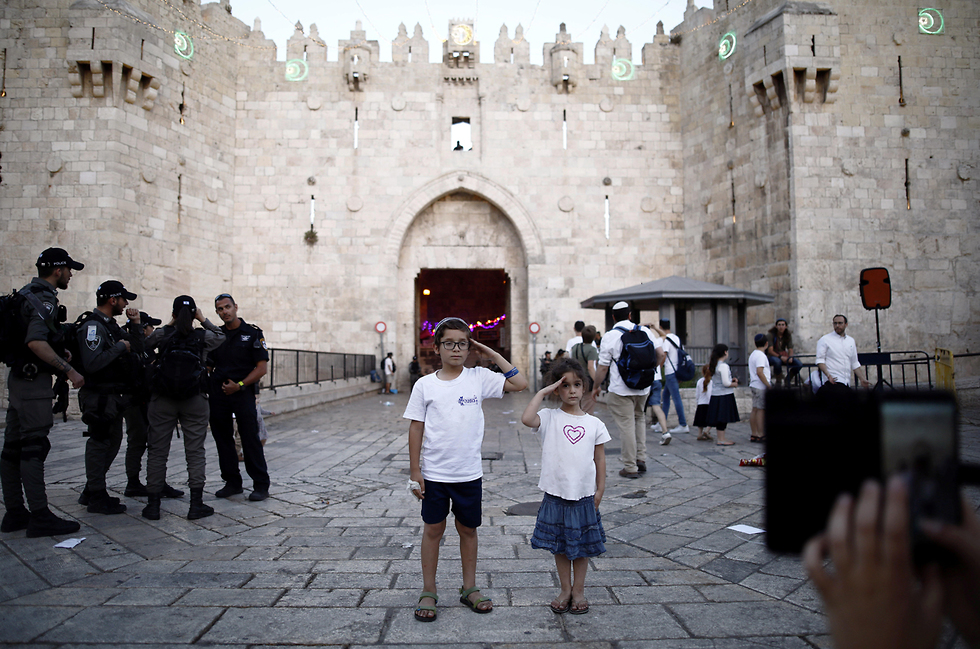

Children salute the security forces on duty at the entrance to the Old City of Jerusalem on Yom Kippur
(Photo: Reuters/Archive)
Tekiah Gedolah – A Bit Longer, “Through the Cracks Light Gets In”:
The final tekiah is lengthy, a call for redemption in the belief we’ll emerge from our challenges stronger than ever. This year, we should add just a bit to its length inspiring us to recognize that in times of darkness we can gain strength and courage hopefully leading to a better tomorrow.
As Leonard Cohen wrote, “it’s through the cracks that the light gets in.”
As we light the candles for Rosh Hashanah and Yom Kippur, we ought to consider adding the Psalmist’s prayer, “in Your light may we see light, b’ohrcha nireh ohr.”
The light of Israel and Zion, the light for the world, the light of love – ohr ahava.


